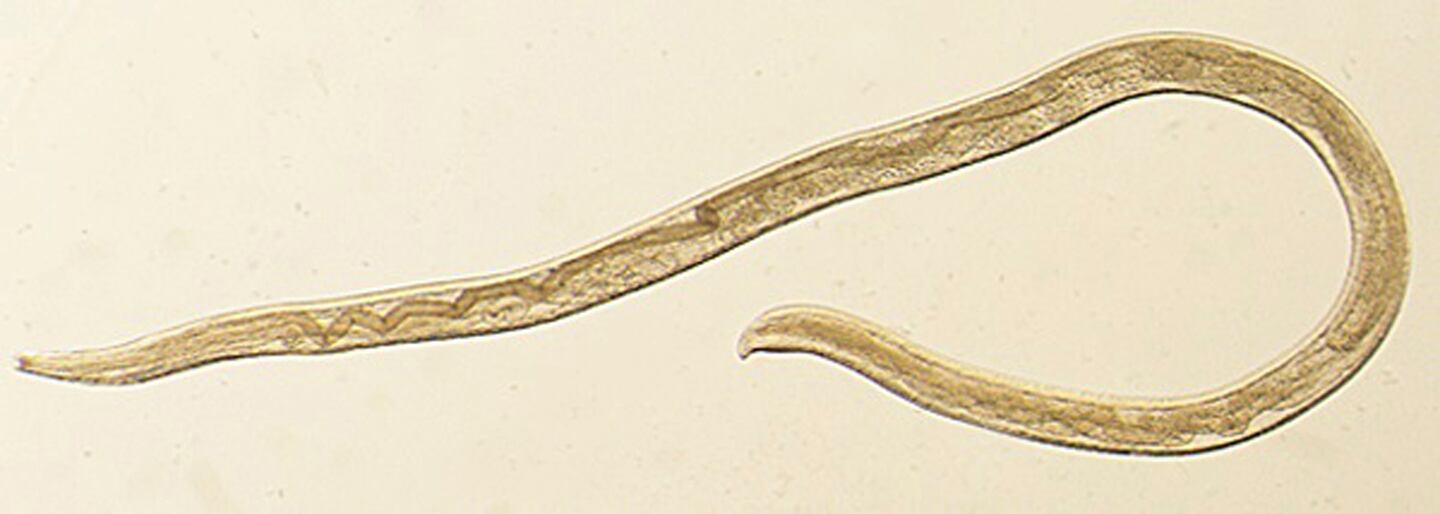GRANTS PASS, Ore. — This is definitely not for the squeamish, but a woman in Oregon has become the focus of a Centers for Disease Control and Prevention report for having 14 tiny, wriggling worms removed from her eye.
Abby Beckley said that she thought her eye was irritated by an eyelash back in 2016, but instead of a piece of hair, she pulled out a small, clear worm that was about a half an inch long and moving, CNN reported.
Despite it being nearly two years later, Beckley's story is just coming to light after the CDC used her infection as a case study published Monday.
is only the 11th person documented to get an eye worm infection, and it was a new species of cattle worm that has never been seen to infect a person.
At first she thought it was a salmon worm, since she had been working on a commercial salmon fishing boat in Alaska. The symptoms started a couple of weeks after she started her job.
"My left eye just got really irritated and red, and my eyelid was droopy. I was getting migraines too, and I was like, 'What is going on?'" Beckley told CNN.
Her case was so rare that doctors were not only surprised, but also had to figure out how to remove them.
"I just kept pulling the worms out of my eye at home, but when I went into the office, they would flush, and nothing would come out," Beckley told CNN.
She also was wondering what would happen to her health: Could the worms lead to a brain infection, cause paralysis or affect her vision?
But doctors tried to put her at ease, explaining that the worms were only on the surface of her eye.
The worms are introduced to an animal's eye when an infected fly lands near an eye and transmits larvae which live between the eye and eyelid. As they reproduce, the new larvae leave the host via tears, which the flies ingest, completing the circle and spreading the larvae, CNN reported.
Beckley said she doesn’t remember if a fly landed near her eye.
But doctors believe she was infected not in Alaska, but rather she contracted the worms near home, before she traveled north. Doctors also were not able to treat her with anti-parasitic drugs because they were afraid one would die and stay in her eye causing scarring. So for 20 days, she pulled live worms out of her eye. Since the last one was removed, she said she has not had any medical complications from the infection, The Associated Press reported.
Cox Media Group





